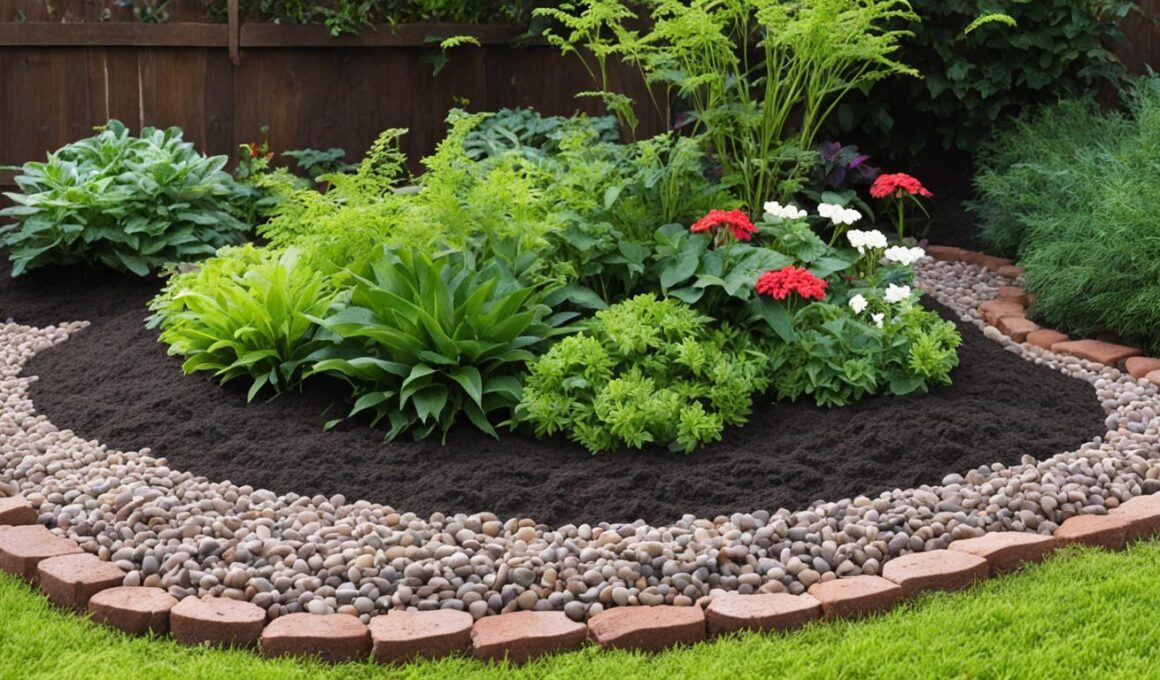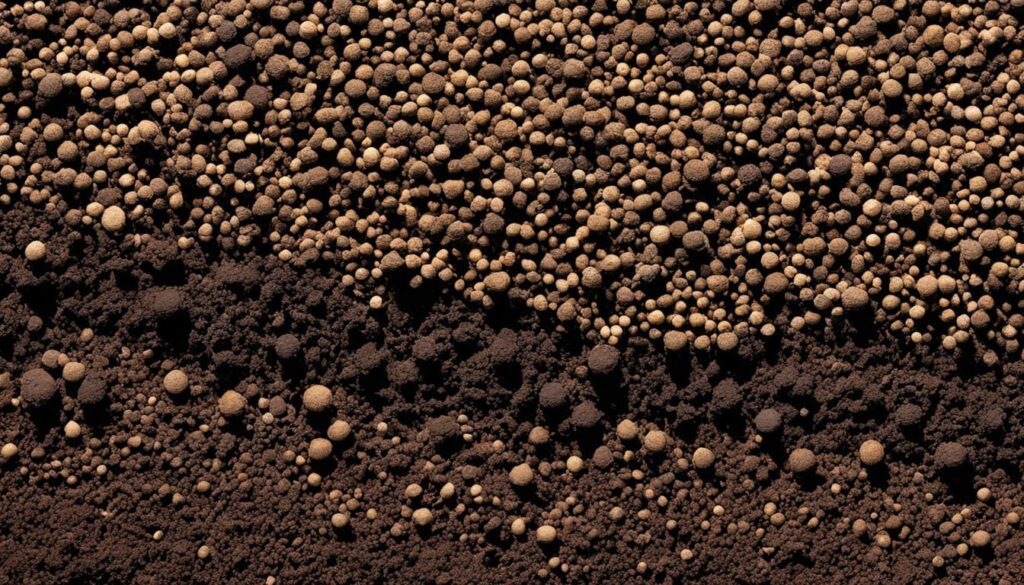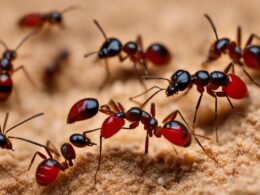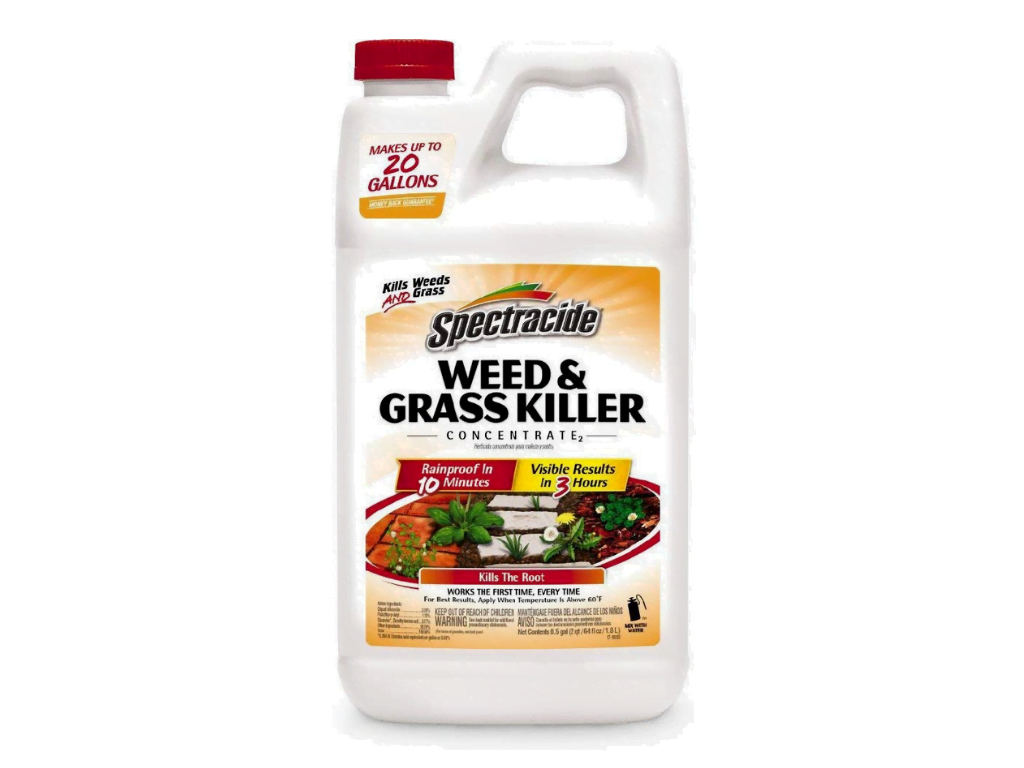When it comes to cultivating plants that require extensive drainage, permeable soil is the best choice. Its unique characteristics allow water and air to pass through easily, creating an optimal environment for healthy root systems and promoting overall plant growth. By offering proper drainage, permeable soil ensures that excess water doesn’t accumulate around the roots, preventing issues such as waterlogging and root rot.
Plants that thrive in permeable soil include those with specific moisture requirements, such as succulents, cacti, and certain types of herbs. These plants evolved in arid regions where water availability is limited, so they are adapted to absorb water quickly and efficiently when it is available. Permeable soil facilitates this process, allowing roots to access water and nutrients as needed.
When plants can efficiently uptake water through permeable soil, their roots are healthier and stronger. This, in turn, contributes to overall plant vitality, as robust root systems provide stability and support for the above-ground parts of the plant. Additionally, plants in permeable soil tend to have improved nutrient uptake, leading to better growth and productivity.
Soil permeability is influenced by factors such as texture and structure. Finer soils like clay typically have slower permeability rates, while coarser soils like sand are more permeable. Understanding and utilizing the right soil type for your plants’ specific drainage needs is crucial for their long-term health and success.
In the following sections, we will explore the factors affecting soil permeability, delve into the implications of impermeable surfaces on drainage, and provide a comprehensive understanding of how permeable soil contributes to healthy plant growth.
Factors Affecting Soil Permeability
Soil permeability is influenced by several factors, including soil texture and structure. Understanding these factors is crucial in determining how water moves through the soil and its ability to drain effectively.
Soil Texture: Soil texture refers to the size of soil particles. Finer textures, such as clay, have smaller particles that are closely packed together, resulting in slower permeability rates. On the other hand, coarser textures like sand have larger particles with more space between them, allowing water to flow more freely. Loam soil, which is a mixture of sand, silt, and clay, offers a balanced texture and optimal permeability.
Soil Structure: Soil structure refers to the way soil particles are arranged into aggregates or clumps. The arrangement can vary, resulting in different structural types such as platy, blocky, prismatic, and granular. These structural types can impact the rate of water movement through the soil. For example, soil with a granular structure has well-formed granules that create spaces for water to flow, enhancing permeability. In contrast, soil with a compacted and dense structure restricts water movement, decreasing permeability.
Other factors that affect soil permeability include cracks, holes, and the presence of impermeable layers such as bedrock or claypan. Cracks and holes can provide pathways for water to move more easily through the soil, increasing permeability. Conversely, impermeable layers like bedrock or a compacted claypan hinder water flow, limiting permeability. Evaluating these additional factors is essential in determining the permeability of different soil horizons.
Implications of Impermeable Surfaces on Drainage
Impermeable surfaces, such as concrete and asphalt, pose significant challenges to the natural drainage of water into the soil. This interference with the drainage process has several negative implications for the surrounding environment and ecosystem.
One of the most concerning consequences of impermeable surfaces is the increased risk of surface water pollution. Stormwater runoff, which gathers pollutants from these impermeable surfaces, flows directly into water bodies without undergoing natural filtration by the soil. As a result, the accumulated pollutants can contaminate water sources and threaten aquatic organisms.
Moreover, impermeable surfaces exacerbate the issue of flooding during heavy rainfall. The abundance of impervious surfaces prevents proper infiltration of water into the soil, leading to an excessive amount of runoff that overwhelms natural drainage systems. This excess runoff can result in flash floods and erode stream banks, causing damage to the surrounding landscape.
The lack of water infiltration into the soil from impermeable surfaces also hinders water table recharge, which is the process of replenishing groundwater reserves. Without this crucial recharge mechanism, the water table may experience depletion, compromising the availability of groundwater resources. This depletion can have far-reaching consequences, affecting not only natural ecosystems but also human activities that rely on groundwater for various purposes.
Additionally, impermeable surfaces create stagnant water puddles, particularly in areas with inadequate drainage systems. These stagnant pools serve as breeding grounds for unwanted insects, like mosquitoes, which can lead to public health concerns such as the spread of mosquito-borne diseases.
Last but not least, impermeable surfaces contribute to the heat island effect. The accumulation of impermeable materials absorbs and retains heat, raising ambient air temperatures in urban areas. Consequently, additional energy is required for cooling, further adding to the environmental burden.
The Role of Impermeable Surfaces in Water Pollution
- Stormwater runoff carries pollutants from impermeable surfaces into water bodies
- Lack of natural filtration allows pollutants to contaminate water sources
The Impact of Impermeable Surfaces on Flooding
- Excessive runoff overwhelms natural drainage systems during heavy rainfall
- Flash floods and erosion of stream banks can result from the inability of impermeable surfaces to absorb water
The Consequences of Impermeable Surfaces on Water Table Recharge
- Inadequate recharge of the water table can lead to depletion of groundwater resources
- Availability of groundwater for various purposes may be compromised
Unintended Consequences of Impermeable Surfaces
- Stagnant water puddles created by impermeable surfaces become breeding grounds for mosquitoes
- Public health concerns arise from the increased presence of mosquito-borne diseases
The Heat Island Effect and Impermeable Surfaces
- Impermeable surfaces contribute to the heat island effect, raising ambient air temperatures
- Additional energy is required for cooling in areas with excessive impermeable surfaces
It is crucial to recognize these implications and work towards implementing effective strategies to manage the presence of impermeable surfaces. Actions such as promoting permeable pavement options and incorporating green infrastructure can help mitigate the negative effects of impermeable surfaces and restore natural drainage systems to protect our environment and water resources.
Conclusion
Permeable soil is essential for plants that require efficient drainage to thrive. Its unique ability to allow water and air to pass through easily promotes the development of healthy root systems and overall plant growth. The permeability of soil is influenced by factors such as soil texture and structure, with finer textures and specific structural types affecting the rate at which water can move through the soil.
In contrast, impermeable surfaces pose significant challenges to natural drainage processes. They hinder the infiltration of water into the soil, leading to surface water pollution, increased risk of flooding, and insufficient recharge of the water table. These implications can have detrimental effects on both the environment and the health of plants.
By understanding the importance of permeable soil and its impact on drainage, gardeners and growers can create optimal conditions for plants that necessitate frequent and efficient drainage. By incorporating permeable soil into their gardening practices, they can ensure that their plants receive the necessary water and air circulation for healthy and robust growth.
How Can Permeable Soil Benefit Bamboo Plants as a Privacy Fence in the Yard?
Permeable soil can benefit bamboo privacy fence backyard enhancer by allowing proper drainage and preventing waterlogging. This helps the bamboo plants to thrive and create a lush, dense privacy fence in the yard. The permeable soil also promotes healthy root growth, which is essential for the overall health and stability of the bamboo fence.










